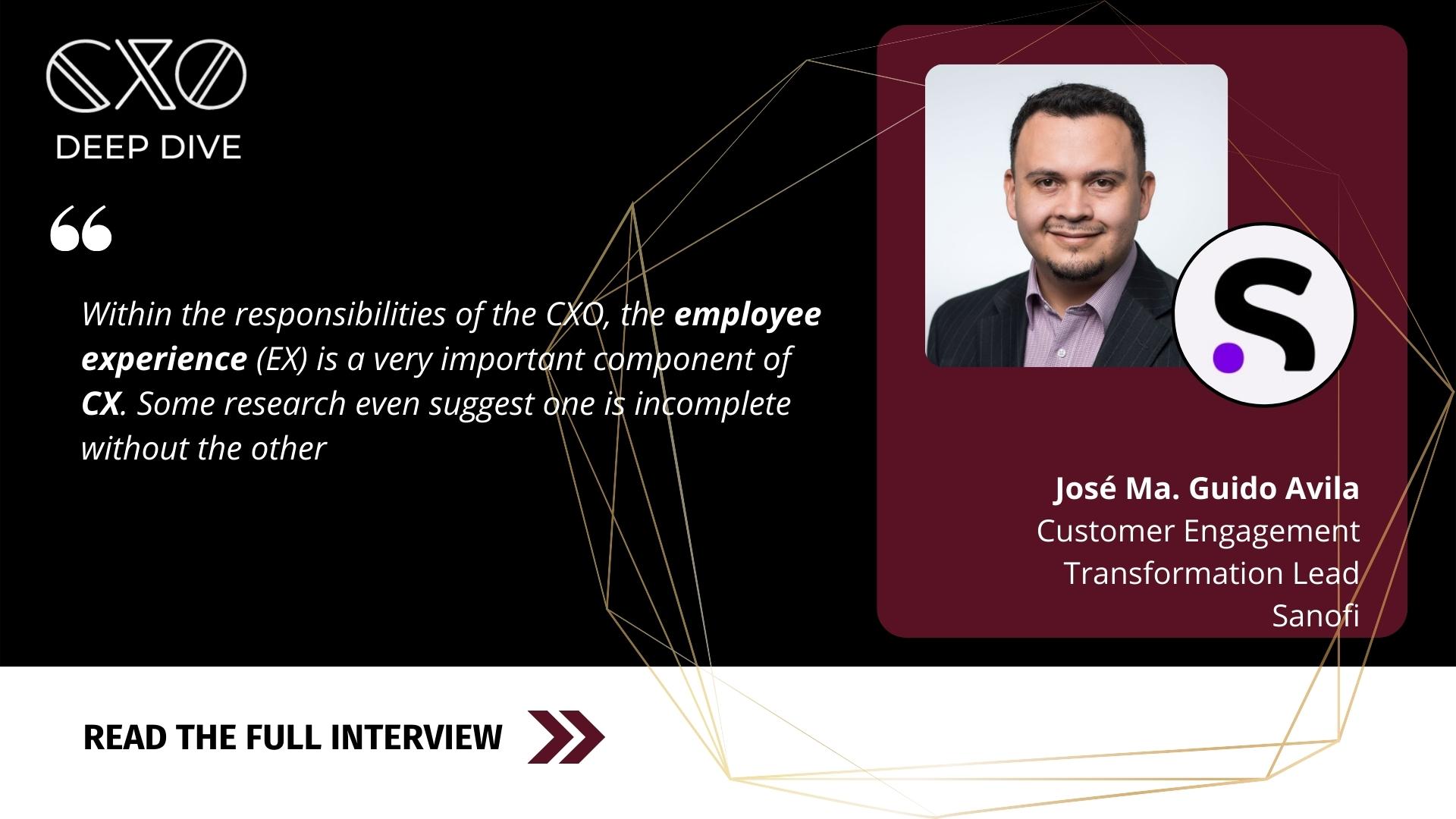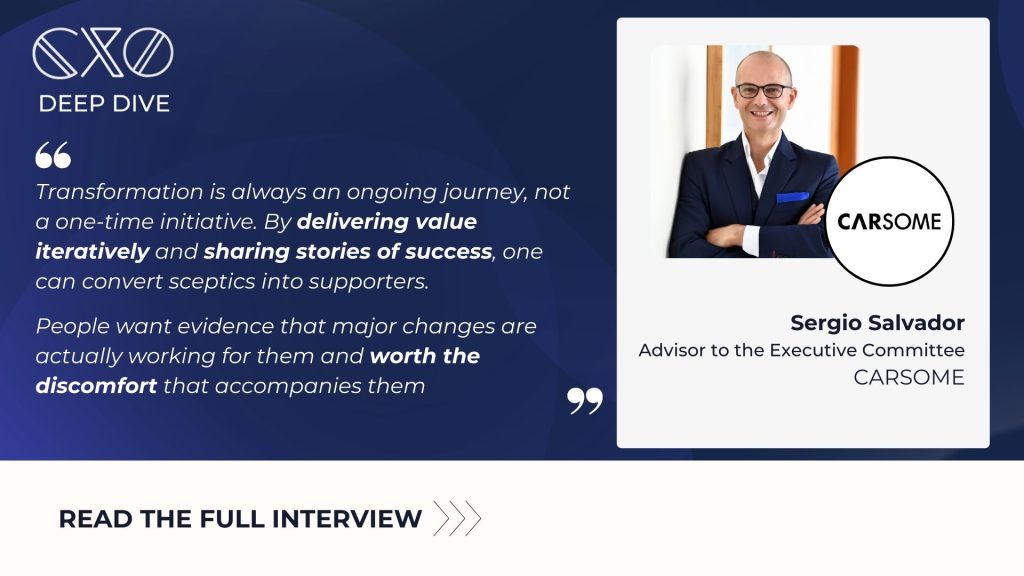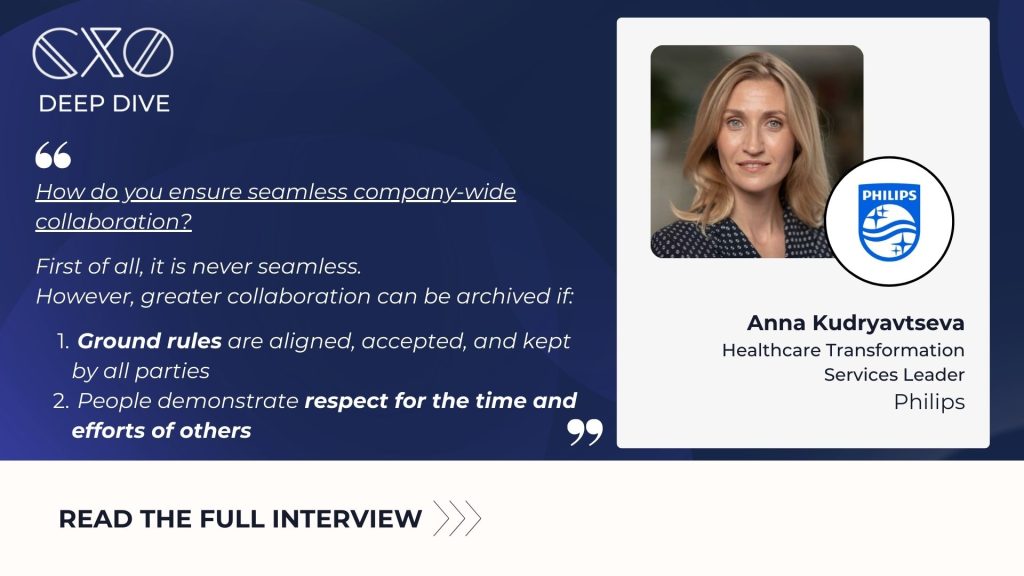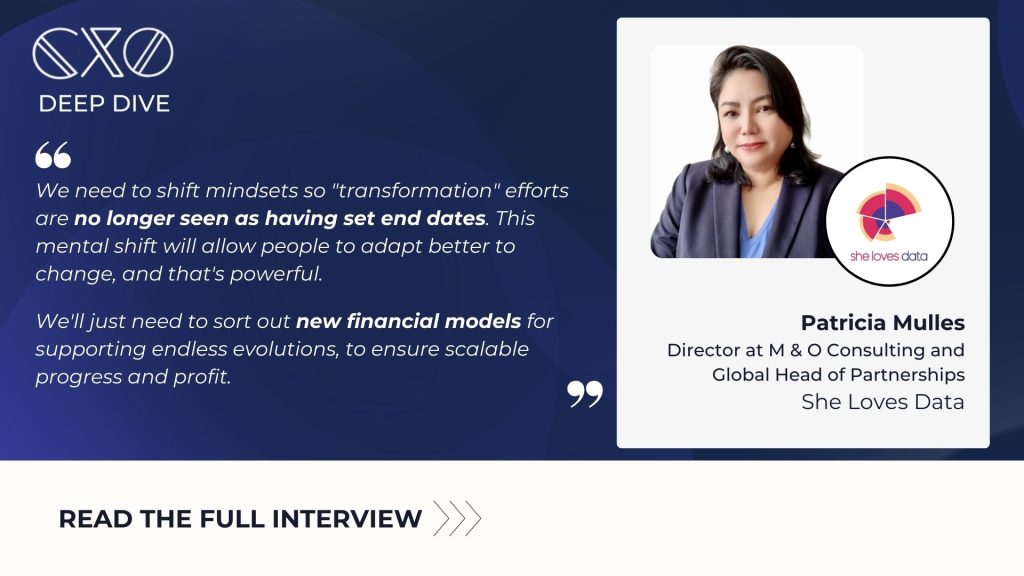Which digital tools, new and old, do you think are the best to tell your story?
- The one that is more relevant to my customer
Is adopting a company-wide customer-centric approach a must, for truly seamless customer service?
- Yes, every department should align and adopt the customer-centric approach for this strategy to be a success.
With more consumers being conscious of their data being shared, how do you overcome this?
- By being transparent about the usage of the data and being compliant with GDPR. We know that new generations like Gen Z are more conscious about their data. However, some studies have demonstrated that they are more open to sharing their data because they understand this is a prerequisite for companies to provide them with the personalized, meaningful experiences they are expecting.
How do you pick the right channel to communicate effectively with your customers?
- By looking into the digital data of their behaviours, many teams still do a whole-market research to identify how to choose the right channel to communicate with their customers. But I would like to avoid that approach as much as possible because it is lengthy, expensive and not actionable. Instead, I prefer to look at the data from real behaviours of our customers and take a test-and-learn approach to continuously understand what those right channels are, mostly because channel preferences (same as with other customer preferences) are constantly changing.
What is the role of social selling in the customer journey?
- Social media is very useful for helping us in disease awareness, but with the current situation of fake news is so easily spread and the constant polarization of opinions, we risk harming our customers more than helping them. Also, companies like meta are constantly applying more strict rules when it comes to healthcare-related efforts, thus making it more difficult to activate this channel even for Consumer Healthcare products.
Will customers be put off with brands that don’t use hyper-personalisation?
- In the future, yes, absolutely.
How do you best maintain customer loyalty among the fierce competition?
- In my opinion, you have to avoid digitalizing and shift the mindset to personalizing. Our customers (both HCPs and patients) are experiencing great customer experiences from Amazon, Netflix, Meta, and Spotify, and those expectations are extrapolated to us. Therefore, if we want to stand out from the crowd, we need to do a better job in providing them with those meaningful, personalized customer experiences.
How have chatbots changed your approach to customer engagement and retention?
- For me, chatbots have not changed my approach to customer engagement at all. We need to understand that our customers have access to highly advanced voice-assisted chatbots like Alexa, so they don’t need another chatbot in their lives, much less in their clinical practice and especially if the chatbot is coming from a pharma company, because it might be perceived as biased. When I talk about chatbots, my question is always… ‘What happens if the doctor asks the chatbot what is the best product for XX disease, and that is not the product from the pharma company that developed the chatbot? Moreover, unfortunately, we as the pharma industry have a severe case of ‘shiny-new-toy syndrome’, which in the past few years, led many pharma companies to launch a tsunami of chatbots that nobody used.
How does employee experience directly affect customer experience?
- Within the responsibilities of the CXO, the employee experience (EX) is a very important component of CX. Some research even suggests one is incomplete without the other. If the company puts too much focus on CX without ensuring a proper EX in place, they will have happy customers but a very toxic environment, which is not helpful right now considering that nowadays we are experiencing ‘The great resignation’. Conversely, if we put too much effort into EX, but without focus on CX, we will have very happy employees, but unhappy customers, and potentially very bad business outcomes.
How do you quantify ROX? (Return on Experience)
- In my opinion, we in the pharma industry are still far from quantifying ROX. My dream is that first, we can find a correlation between Customer Experience Scores with certain levels of revenue or ROI so that we can take baby steps toward ROX, but I just think we are not there yet.
How to ensure you hear your customer loud and clear?
- Shift the mindset of senior leadership. Currently the majority of leaders in pharma have spent their careers with the old pharma model where it was all about hiring armies of sales reps and repeat branded messages and it was all about coverage and frequency. We need to either change the mindset of senior leaders, or make a shift to younger senior leaders that are not biased by the “old ways”.
What are the fundamental metrics that we should look at to monitor CX?
For me there are two types of metrics:
- Input: those that we use to analyze and improve CX, e.g. Open Rates, CTR, Engagement Rates, NPS
- Output: those that explain the outcome of providing good CX, e.g. Customer Loyalty, Advocacy, Customer Experience Scores and ultimately Sales
How to qualify what elements of CX journey requires AI/Machine learning?
- By taking a test-and-learn approach. Currently, we don’t know what are those elements in the CX journey that require AI or Machine Learning, so we need to do it through experimentation, testing and learning. And most importantly, we need to upskill our Marketeers, Medical Managers and Salesforce, so they understand how to maximize the usage of AI in their new reality, because right now AI is a blurry concept that not many marketeers understand.
How AI will shape the future of CX?
- By helping us achieve personalization at scale. Currently, in the pharma industry the customer journeys are linear:
- “Email with invitation –> click to register –> reminder to register –> reminder to attend –> attendance to the webinar”
- We first need to evolve our customer journeys into circular evolutions where we constantly identify the needs of our customers and we deliver solutions, messages, campaigns, resources, and experiences to our customers. And we constantly personalize depending on those needs and preferences. This can only be done at scale by using AI.
- We need to use AI to help us improve these business processes beyond (Next-Best-Action) and use it at scale to deliver truly personalized experiences to our customers.
For outlying customer data, they often show relative or new insights compared to the bigger audience. How do we balance accommodating and catering to their needs?
- Depending on the potential and or segment of the customer – if these outliers are coming from customers that are early adopters, there might be a hint.
Besides NPS, what are some other key metrics/ data points which can lead to better CX understanding?
- Customer Experience Scores
- Customer Satisfaction Scores
Visit our content library for more: https://cxoinnovation.com/content-library/





